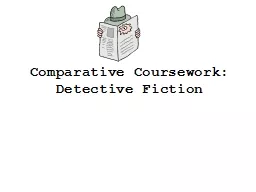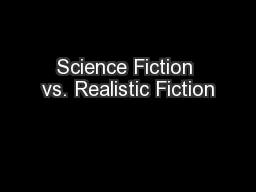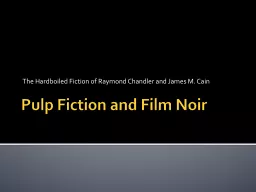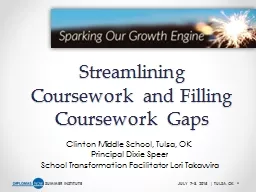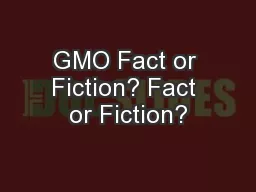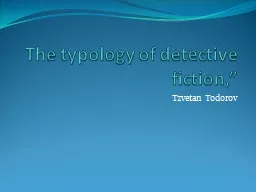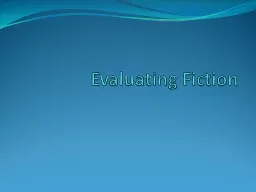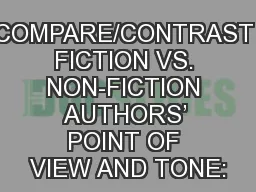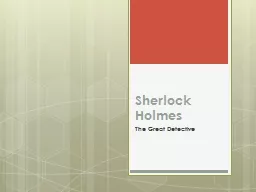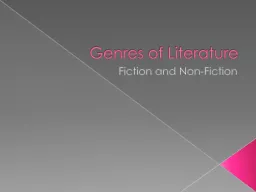PPT-Comparative Coursework: Detective Fiction
Author : myesha-ticknor | Published Date : 2016-05-01
For the higher grades you will need a concept or thesis which you will develop and or prove over the course of the essay You should also demonstrate evidence
Presentation Embed Code
Download Presentation
Download Presentation The PPT/PDF document "Comparative Coursework: Detective Fictio..." is the property of its rightful owner. Permission is granted to download and print the materials on this website for personal, non-commercial use only, and to display it on your personal computer provided you do not modify the materials and that you retain all copyright notices contained in the materials. By downloading content from our website, you accept the terms of this agreement.
Comparative Coursework: Detective Fiction: Transcript
Download Rules Of Document
"Comparative Coursework: Detective Fiction"The content belongs to its owner. You may download and print it for personal use, without modification, and keep all copyright notices. By downloading, you agree to these terms.
Related Documents

